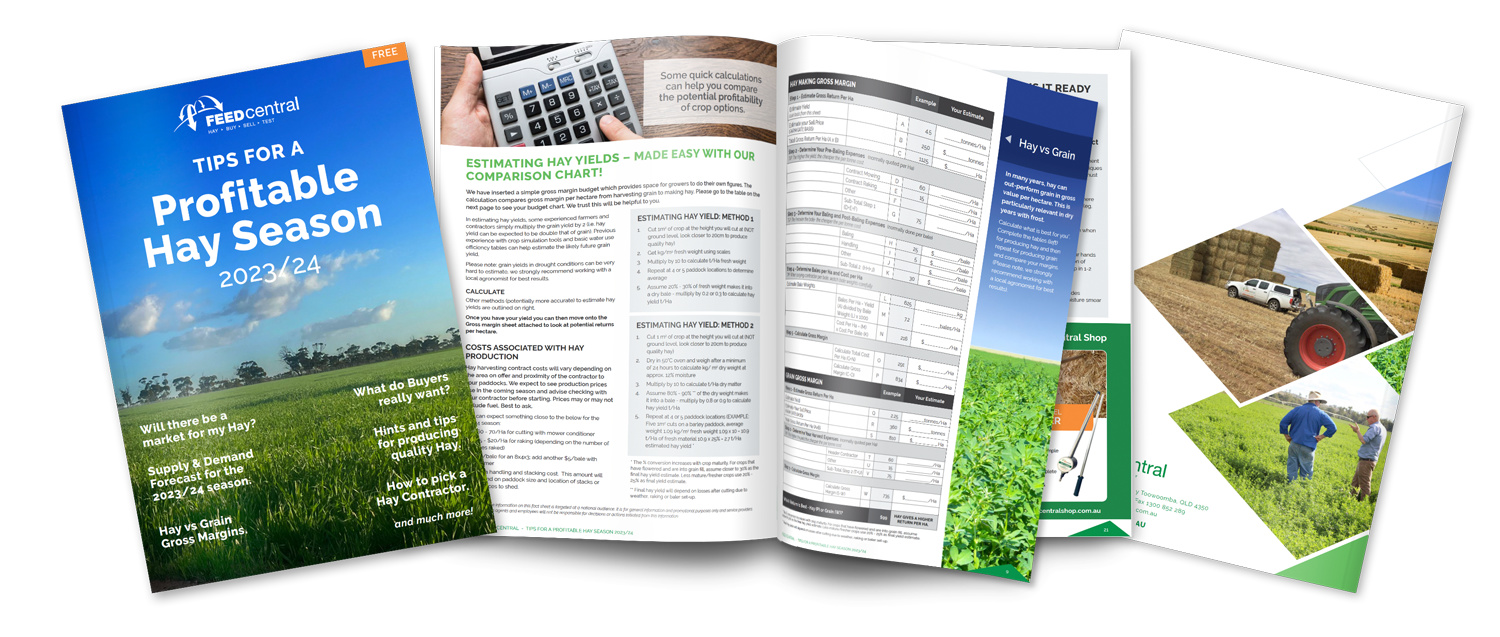DCAD stands for Dietary Cation-Anion Difference. DCAD is a particularly important measure that is used when formulating diets for dry, transition and lactating dairy cows.
DCAD is the interrelationship of positively charged minerals (cations) and negatively charged minerals (anions) on animal performance.
Dietary cations include: Potassium, Sodium, Calcium, and Magnesium. The absorption of cations perform an alkalising function on blood pH. Nearly all of the Potassium and Sodium in the diet is able to be absorbed by cows, and this is what makes these two minerals powerful alkalisers. Calcium and Magnesium are poorly absorbed, and as such, these minerals are rarely used to determine the DCAD value of feed.
Dietary anions include: Sulfur, Chloride and Phosphorous. Similarly to the cations, there are two main anion minerals which have an affect on blood pH, with Sulfur and Chloride providing the majority of the acidifying function.
Hence, as Sodium, Potassium, Chloride and Sulfur are the major contributors affecting the total charge of the diet, these are most commonly used to determine the DCAD of diets.
What Can You Do With DCAD?
Know that you know what is DCAD, The feeding of a positively charged diet promotes an increase in blood pH, and the contrary is true when feeding a negatively charged diet. Knowing this, you are able to manipulate the acid- base balance to influence other biological functions, optimising production and welfare of your animals by providing a high or low DCAD diet at various production phases of your animals life.
Affects From DCAD Tests
A negative DCAD diet can be beneficial to transition cows by assisting in preventing metabolic problems, such as milk fever through the mobilisation of stored Calcium.
For lactating cows, a positive DCAD diet supports an increase in dry matter intake, milk production milk fat yield and dry matter digestibility. Due to the acidogenic function of heat stress, feeding a positively charged diet during these times can provide a buffering function, and increase dry matter intake (DMI) and milk yield.
A low DCAD prepartum ration increases calcium mobilisation in the animal and helps mitigate hypocalcemia. This can also reduce the severity of udder edema. Other metabolic issues, such as laminitis, may also be influenced via the feeding of a positively charged diet. A high DCAD diet in fed to calves can increase growth rate in comparison to those fed a low DCAD diet.
-
Why Does Hay Get Dusty And What Causes It?
Author Neville Janke Neville Janke is a qualified agronomist and Horticulturist with over 20 years of experience guiding farmers in the Agricultural and Horticultural industries. With this experience, Neville has been helping long-term users of Hay and grain to experience the Feed Central way of sourcing quality Feed for hungry cattle. View all posts

